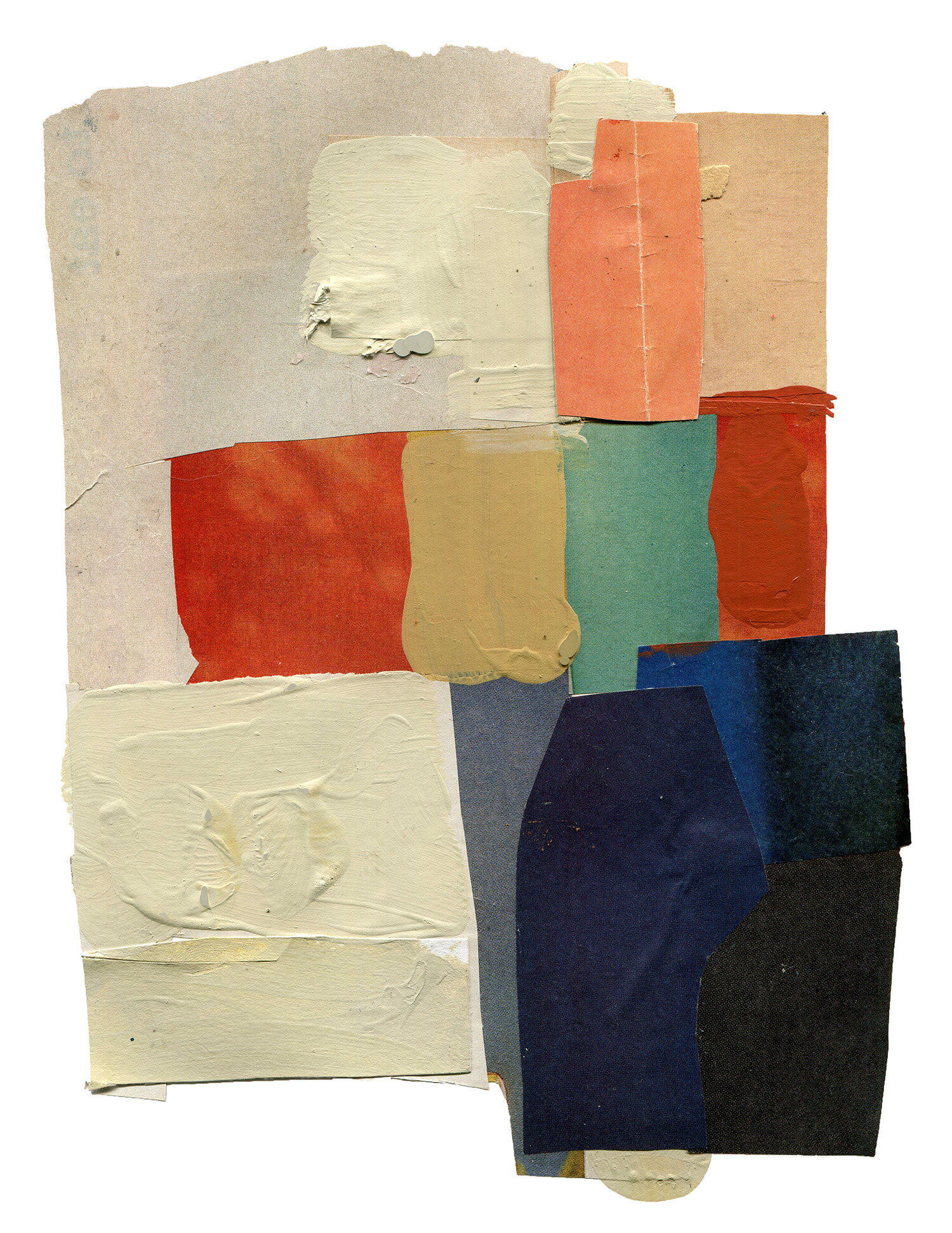Collage Queen: Patti Robinson
A cache of LIFE magazines from a garage sale. A study of Joseph Cornell. A 30-year creative block. You never know what will move you closer to your purpose or further away from it. For Patti Robinson, her artistic journey has been more of a winding road than a straight line. Some things have happened serendipitously, others have left her discouraged. It's always fascinating to learn what has led an artist in one direction or another, and Robinson is someone with an interesting story to tell.

While studying art and art history in college and, as Robinson says "creating truly terrible paintings," she discovered the artist Joseph Cornell. Cornell was famous for his assemblage art and, in particular, his collaged shadow boxes. After writing her senior thesis on Cornell, Robinson was given a synchronistic opportunity. "My mom said 'I’m sure you’d like to meet his sister, Betty [Elizabeth Cornell Benton], she lives in our town...," explains Robinson. The two women got to know one another, and Robinson ultimately worked on cataloguing source materials that became part of the Smithsonian's Joseph Cornell Study Centre.
During college, Robinson gravitated to collage as an escape from the more formal requirements and tough critiques of other projects. The feeling of inadequacy as an artist weighed on her, and she had a self-described "creative block that lasted for 30 years." Only after deciding to create art that felt authentic to herself, and with the help of the artist & coach Roseline Koener, was Robinson able to rediscover her artistic passion.
Once her son graduated from college, Robinson returned to her artistic pursuits, and collage in particular. In the end, says Robinson, "I gravitated to collage because I'm a lousy painter." While it's hard to believe that someone who creates the visually stimulating and cohesive works that Robinson does could be "bad" at any genre of art, we'll have to take her word for it. Since reemerging as an artist, Robinson has mainly focused on collage, but has also experimented with jewelry design and costume design from recycled and upcycled materials.

Throughout this time, Robinson has kept busy. She has won awards from the National Collage Society and New York Foundation for the Arts, participated in exhibitions across the country and internationally, and led a host of workshops for adults and children, among other activities. Robinson sees collage as not just a mode of artistic expression, but also as a vehicle for learning. "I think working in collage can teach a formally trained or self-taught artist so much," she says. It is a way to explore artistic themes - color, form, space, imagery - in a less technical and rigid way. There is no 'wrong' way to collage.
Over time, Robinson's work has evolved. After finding a cache of LIFE magazines from the 1950s, 60s and 70s at a yard sale, Robinson began to use images from those pages exclusively. If there is any representational imagery in her work, it is from LIFE. Robinson has since moved on to abstract works where she plays with color and form through paper and paint. The works have a geometric feel, with small details - an unexpected curve, a few lines of newsprint, brushstrokes and layers of paint - giving it texture and depth, drawing the viewer in for more than a cursory glance. "It’s hard to say what themes I expose these days in this abstract work," Robinson says. "I put a lot of passion into these, and I love adding playful titles, so I guess I’m exploring passion and playfulness." Where that passion will lead her next, only time will tell. Either way, I look forward to seeing the continuing evolution of her journey.
To learn more about Robinson, visit her website, or read her recent interview with Kolaj magazine.


all images courtesy of the artist
